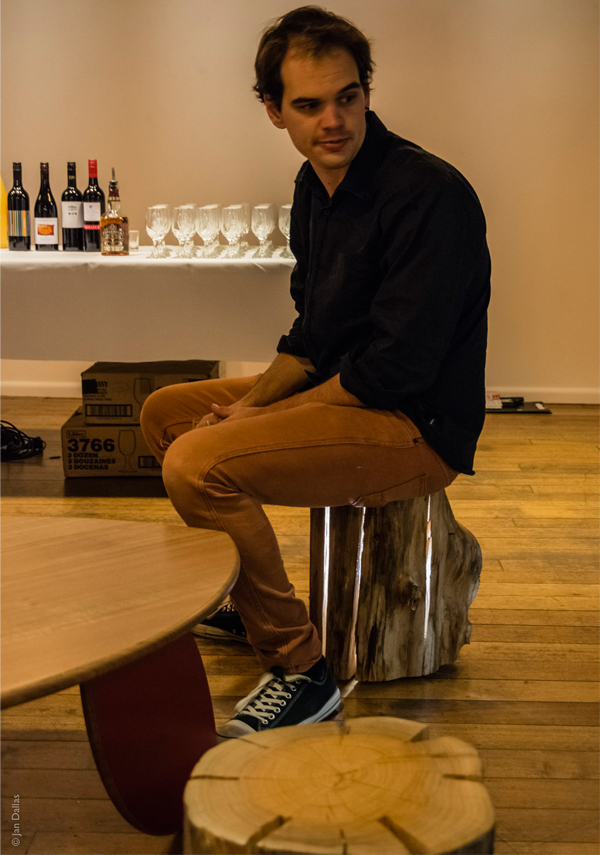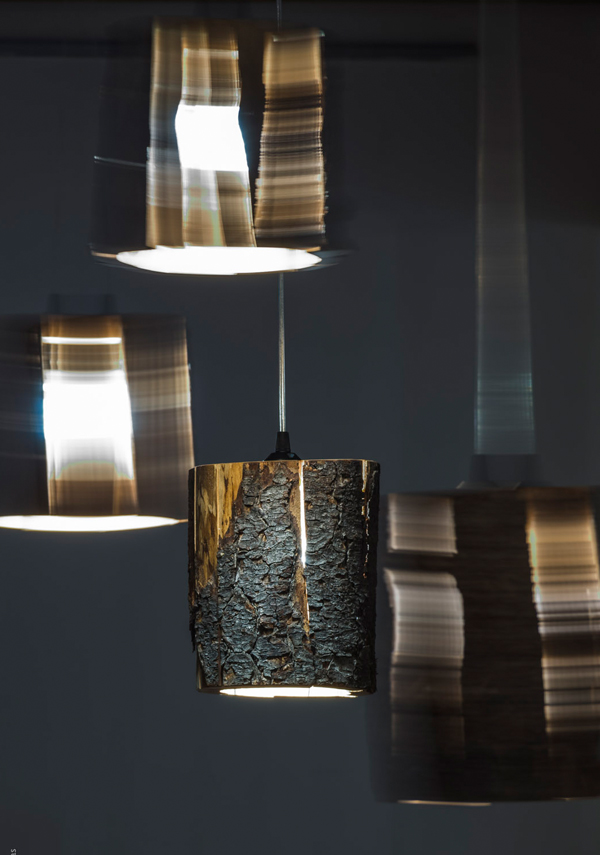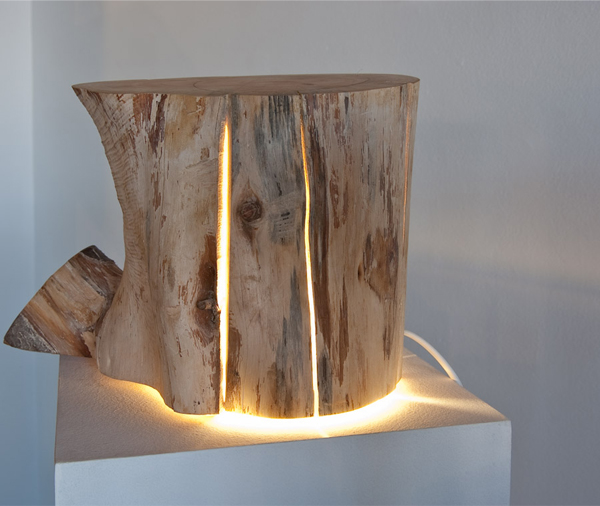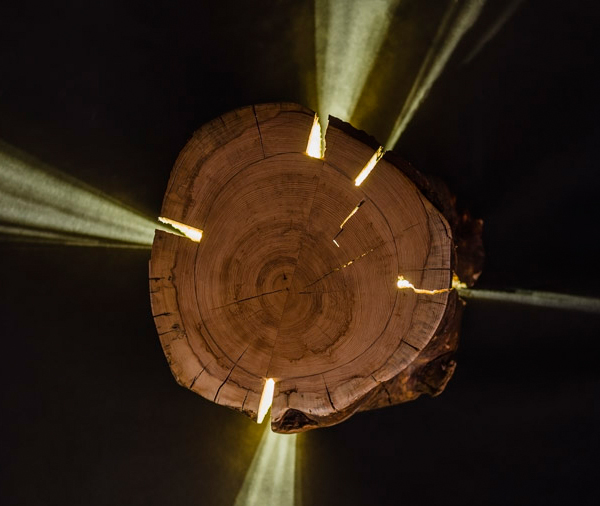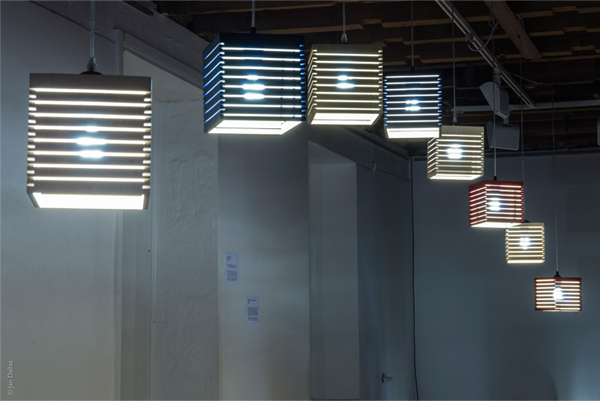
Illuminating designs: An interview with Duncan Meerding
Illuminating designs: An interview with Duncan Meerding
Share
Above image: Duncan Meerding’s Stump light/stool. Photography by Jan Dallas.
Australian lighting and furniture designer Duncan Meerding has always had a fascination for making. Throughout high school, Meerding enjoyed both wood and metal work, leading him to enroll in a tertiary design course.
However in 2005, Meerding’s future in design was put in question, as his vision degenerated. He began pursuing an unrelated field of study, as he “never thought I would be able to do woodwork or anything like that again”. It was during this time that Meerding became aware of a specialised woodworking course in Melbourne, designed for those with low or no vision, teaching vision impaired students to use tools safely. After doing a crash course in tools, he was accepted into the University of Tasmania, eventually majoring in his design elective.
Today, Meerding’s passion for making has translated into a skilled craft, having successfully designed and manufactured a series of well-resolved lighting and furniture pieces. His work is foremost designed to endure, with a strongly sustainable motivation in opposition to the “inbuilt obsolescence” of modern consumerism. Meerding takes inspiration from natural environments, and his environmentally conscious approach is particularly apparent in his acclaimed Cracked Log and Stump lights, where Meerding “uses timber from salvage or arborists that would otherwise have been burnt or chipped”. Fittingly, the lights appear as raw stumps freshly sawn from a tree, a direct visual reminder of our responsibility to preserve the innate beauty found in nature.
Having a sound appreciation of materials, in terms of structural properties beyond aesthetic value, is an essential element of Meerding’s approach to design. Being primarily “informed by making,” Meerding produces multiple prototypes in order to constructively “play with a material and see what you can do with it”. Each finished object is necessarily a product of its material, in the sense that Meerding’s design process allows the inherent qualities of the material to dictate form.
As a Hobart local with a shared studio space at Designed Objects Tasmania, Meerding is passionate about the considered management of Tasmanian timbers. Meerding believes that the industry should look towards “the Scandanavian example, where they rotate timbers. The timber I tend to use is Tasmanian eucalyptus, as it can be more sustainably sourced, whereas other specialty Tasmanian timbers are slow growing”. The region’s famously coveted Huon Pine, for example, may grow for 1000 years before being harvested.
Though Tasmanian Huon Pine carries a prestige that ensures a great demand for any products made with it, Meerding advocates appreciation for the design of the object above the material used. This stance has lead Meerding to co-curate an upcoming exhibition in November, involving 20 Tasmanian designers. Entitled In Form, the works must use Tasmanian Eucalyptus as the primary timber. The intention for Meerding is to showcase “high quality crafted design, selling the design – not the timber”.
A fundamental part of a designer’s role is to create on a visual level, and Meerding’s distinctive approach is unavoidably influenced by his vision impairment – though this point of difference has proved to be a strength in recent years. “In the past I wouldn’t talk about that being an influence because of the negative stigma, but after having talked to a few people in the industry I decided; why hide from that?” As a result of his unique eyesight, much of Meerding’s work concentrates on “overall form rather than complex detailing”, with his products exploring ideas of “peripheral fields and light dispersal,” simulating his own skewed perception of light. Though not initially a conscious impetus, raising awareness for the differently able has become part of Meerding’s professional motivation, using his practice to help break down attitudinal barriers and preconceived notions about what people are capable of.
Looking to the future, Meerding is interested in continuing to experiment with “light dispersion, and different ways that light conforms around other materials”. An intriguing avenue of design exploration will look at “interactive elements, fibrous materials and things that people would not immediately consider as lights”. Though he has been mostly occupied with smaller product design to date, Meerding “would love to design larger pieces,” and has considered scaling his existing pieces up to human size. An apt next move for a designer with a vast future and remarkable creative vision.
Read our piece on Duncan Meerding’s Cracked Log lights here.
For the information on the upcoming In Form exhibition, visit the event facebook page.

